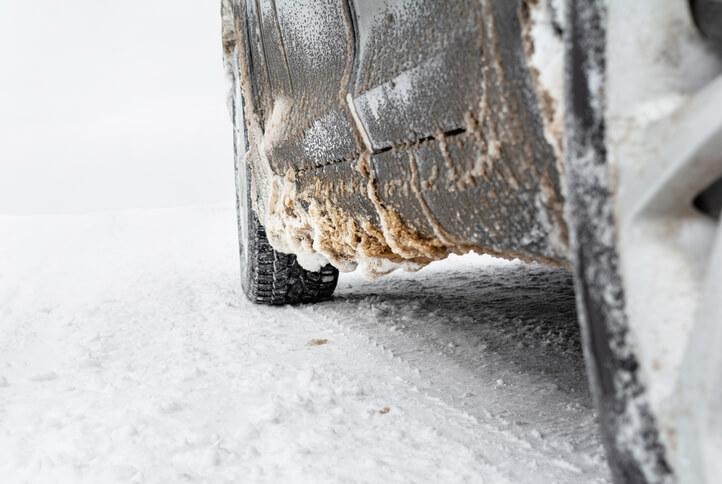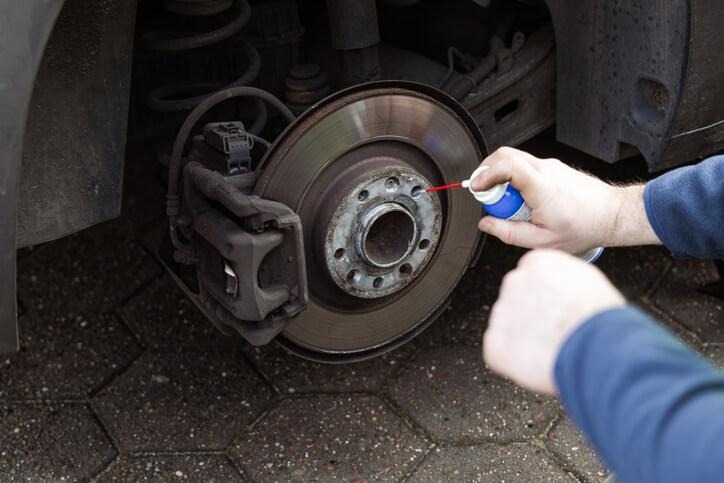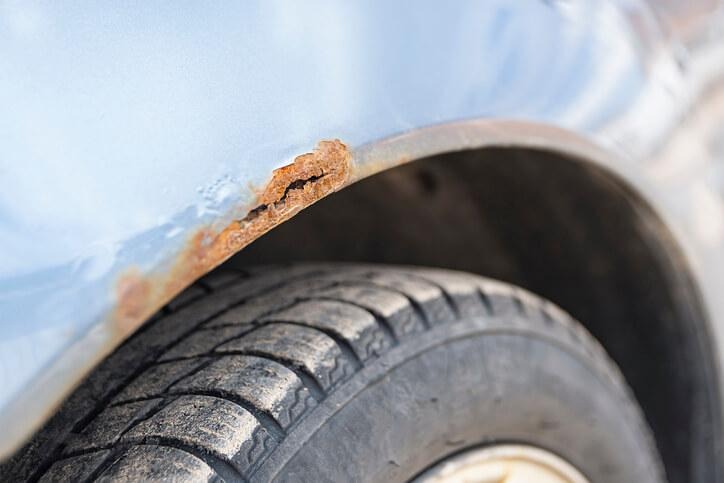Rust Never Sleeps: Corrosion Control Tips for Mechanics
Montreal winters are beautiful, and brutal on vehicles. Road salt, slush, and spring rain speed up corrosion, which is why students at an auto mechanic school learn rust prevention early. With the right process and products, you can protect critical components and extend a vehicle’s life.
Auto Mechanic School: Why Rust Hits Hard in Montreal
Salt and moisture act like a battery on steel and iron, accelerating oxidation. After a few seasons, hidden rust can threaten safety and drivability. Hot spots include:
- Undercarriage & frame: Subframes, control arms, and mounts collect salty slush.
- Brake & fuel lines: Exterior corrosion can lead to leaks or failures.
- Exhaust system: Low-hanging steel parts corrode, causing holes and noisy leaks.
- Wheel wells & rocker panels: Paint chips invite rust that spreads under the coating.
Hidden-rust tells: bubbling or flaking paint low on the body, damp spots along lines, creaks or shuddering from corroded suspension parts, fasteners turning to powder, and exhaust leaks from rusty pipes.

What You’ll Practise in Automotive School
In a formal training setting, you’ll learn to follow a safe, systematic approach:
- Freeing seized hardware: Penetrating oils, correct tool sizing, heat where appropriate, and extraction techniques when bolts snap.
- Repairing lines: Bending/flaring replacement brake lines, proper fittings, and bleeding procedures; safe fuel-line swaps.
- Cutting & cleaning: Wire-brushing, sanding, grinding, and safe torch work to remove scale and prep metal.
- Repair vs. replace calls: Knowing when a converter and coating are enough, and when structure demands new parts.
- Protective reassembly: Primers/undercoats on repaired areas, anti-seize on threads, and rust inhibitors to slow recurrence.
You’ll also learn to document findings and explain options, vital for building trust with customers in automotive school.
EVs, Hybrids, and Corrosion: Same Fight, New Twists

Battery packs and lightweight alloys change how rust shows up, not whether it will. EV and hybrid underbodies live closer to spray, and mixed metals (steel with aluminum/magnesium) can invite galvanic corrosion in salty environments.
Auto mechanic school covers non-conductive coatings near high-voltage components, safe application zones, proper isolation steps, and why protecting battery trays, mounts, and connectors matters.
Prevention: Your Best Defence Against Rust
Proactive care beats repair every time:
- Wash the undercarriage regularly, especially after storms and at winter’s end.
- Rust-proof or undercoat annually. Spring is ideal to clean surfaces, warmer temps, faster reaction rates.
- Keep drains clear (doors, rockers, sunroof, cowl) so moisture can’t pool.
- Touch up chips and scratches to seal exposed metal.
- Choose corrosion-resistant hardware and use anti-seize during reassembly.
- Use EV-safe, non-conductive products around high-voltage areas.
The Cost of Ignoring Corrosion
For drivers, neglecting rust can lead to more than just cosmetic issues. It can compromise safety and inflate repair bills. Rusted brake or fuel lines, weakened suspension mounts, and corroded frame components can all cause vehicles to fail inspection or become unsafe to drive.
In training, you’ll learn how early detection and preventive maintenance save customers money and extend vehicle life. Understanding how to explain these long-term benefits to clients is a key skill that turns a good technician into a trusted professional.
Launch Rust-Ready Skills and Your Auto Career
Hands-on training at ATC Montreal blends classroom fundamentals with real shop experience so you’re job-ready on day one.
You’ll practise on vehicles that have seen many Quebec winters and learn to spot, stop, and repair corrosion efficiently, skills employers prize for auto careers.
Are you ready to explore auto careers?
Explore ATC Montreal’s program and start building the skills that keep customers safe and cars on the road.


